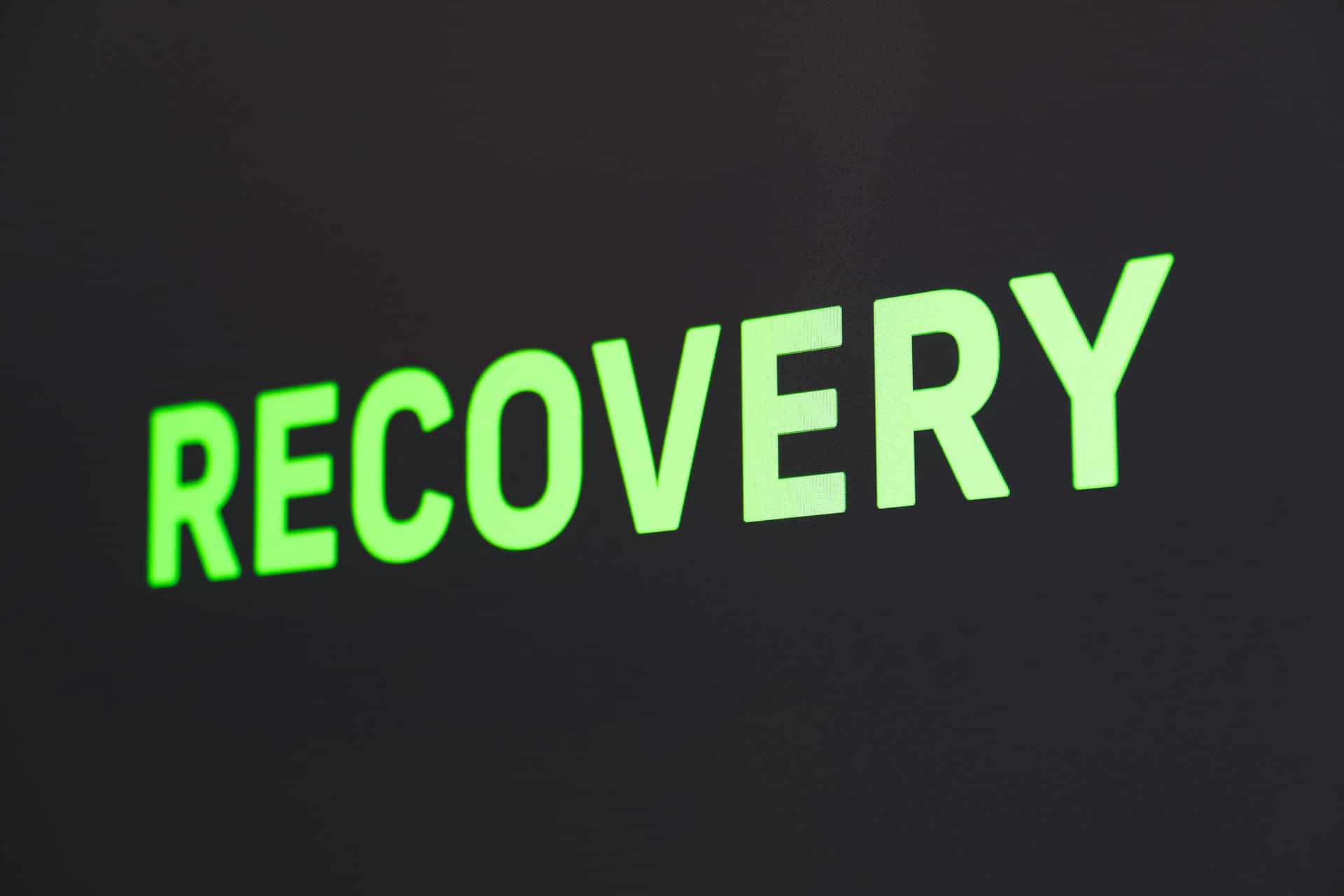











The process of healing is rarely graceful. It’s raw and messy, profoundly human. At its center, there’s a relationship people tend to ignore: the push and pull between the mind and body in recovery. One wants control; the other wants comfort. Neither is wrong, but both can be pretty exhausting. The battle is not won by force but by understanding how the mind reasons and how the body remembers.

Each day of recovery brings proof that the two, mind and body, speak different dialects. Finding peace means learning both languages.
The brain has recorded patterns of reward; the body has memorized sensations of relief. When substance use stops, both systems will panic, and neither fully trusts the other.
The roots lie in habit loops, repeated pairings of emotion, environment, and chemical relief. Each repetition just strengthens the signal. Once we’ve removed it from our daily life, the body continues to expect that substance. The mind tries to reason through it, but the physical void feels somewhat primal. It’s a survival instinct, but misdirected. The mind interprets the alarm as weakness, while the body experiences withdrawal as loss.

The difference between mental vs physical dependence is what shapes everything, from treatment methods to emotional expectations. Mental dependence attaches itself to thought, memories, emotional triggers, and habits of escape. It thrives in worry, guilt, and anticipation. Physical dependence has rooted itself in chemistry. It manifests in sweating, shaking, nausea, and fatigue. When the two overlap, the conflict can only intensify. The strategy for healing must respect both (Bright Futures Treatment Center New Jersey, 2025).
Emotions are usually a battleground early in recovery. The surface might look calm, but underneath there’s turbulence; anger, shame, guilt, anxiety. These emotions arrive uninvited and refuse to leave without a fight. The mind reacts with stories: I failed, I can’t, I’m broken. The body replies with pressure in the chest, a tight jaw.
Here, emotional literacy, the ability to name and notice feelings without judgment, becomes armor. When the body’s panic rises, the mind can learn to signal safety through breath or grounding. That’s basic physiological cooperation. Breathing slows the heart, slowing the thought. One small action changes the entire battlefront. The goal is awareness. The earlier the signs are noticed, the less damage they’ll cause.
Physical withdrawal feels primitive. Muscles ache for what the brain no longer delivers. Appetite disappears, sleep vanishes, restlessness has taken over. The body has turned into a loud negotiator. It’s now offering every discomfort as a reason to quit recovery. The mind listens, tired and tempted. This is where compassion must override criticism.
Recovery professionals often compare the process to resetting a circuit. The system sputters before it stabilizes. Hydration, balanced meals, gentle movement, and medical support can ease the shock. These are strategic acts of survival. Ignoring the body’s needs prolongs the war.
At the same time, the mind must hold its ground. Cognitive techniques such as reframing, visualization, and structured routines help redirect the body’s impulses without denial. The point is not to silence the body but to teach it a new pattern.

When progress has stalled, integration bridges the gap. Meditation, yoga, breathwork, dance therapy, and even slow walking. Each of these practices will forge a connection. The body learns to listen; the mind learns to feel. Together, they negotiate peace.
Neuroscience explains it neatly: rhythmic movement and breath stimulate the vagus nerve, calming both heart and thought (Gerritsen & Band, 2018). Psychology will frame it as mindfulness, staying present, in the moment, rather than escaping. The result is the same: communication. Over time, this communication becomes fluent. The body no longer rebels, and the mind no longer commands. They’re collaborating. This bridge-building turns recovery from punishment into partnership.
It might seem obvious that the healing of mind and body in recovery is possible, yet it bears repeating: yes, addiction is a treatable disorder, something one can free oneself from, according to NIDA (Treatment and Recovery | National Institute on Drug Abuse, 2025). And while no authority needs to tell people they can heal, having that validation from a scientific standpoint matters, as it transforms abstract hope into credible evidence.
Treatment offers structured methods to rebalance the mind-body connection. Cognitive-behavioral therapy (CBT) reshapes mental loops; medication-assisted therapy (MAT) stabilizes bodily responses. Group sessions are there to rebuild connection, which will in turn regulate nervous system activity. Nutrition programs can repair cellular damage, while mindfulness restores attention control.
The body’s biochemistry responds to consistency. The mind responds to meaning. Good treatment plans should deliver both. Many success stories provide evidence that this isn’t a war to win once, but a relationship to maintain.
In time, the battle will quiet down. The body will no longer plead for relief through old habits. The mind will no longer panic at discomfort. Instead, the two will share information. Long-term recovery depends on maintaining this alliance. Regular routines, honest reflection, and physical self-care will anchor the progress. Relapse prevention is all about fluency. The more fluent one becomes in understanding their body’s cues and their mind’s stories, the less room there is for chaos.
There’s also beauty in that balance, subtle, quiet, deeply human. A calm mind strengthens the body; a healthy body supports the mind. Each sustains the other in a feedback loop of resilience.
And dialogue turns into peace. Healing won’t erase struggle, but it will replace battle with understanding. The mind and body in recovery aren’t enemies but old friends learning new habits. Recovery remains imperfect, yet alive. Progress is not a straight line but a spiral; circling back, rising slowly, always moving. In that motion, there’s freedom, the realization that healing is not about choosing mind over body or body over mind, but teaching them both to move as one again.
Sources